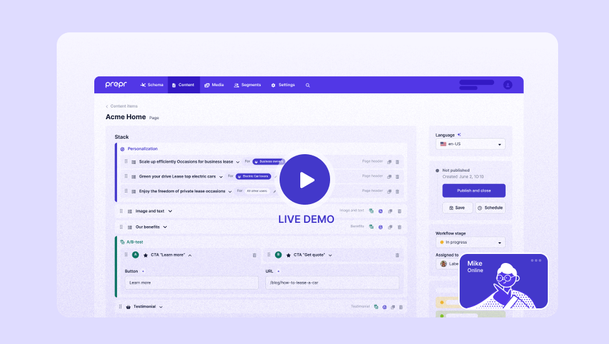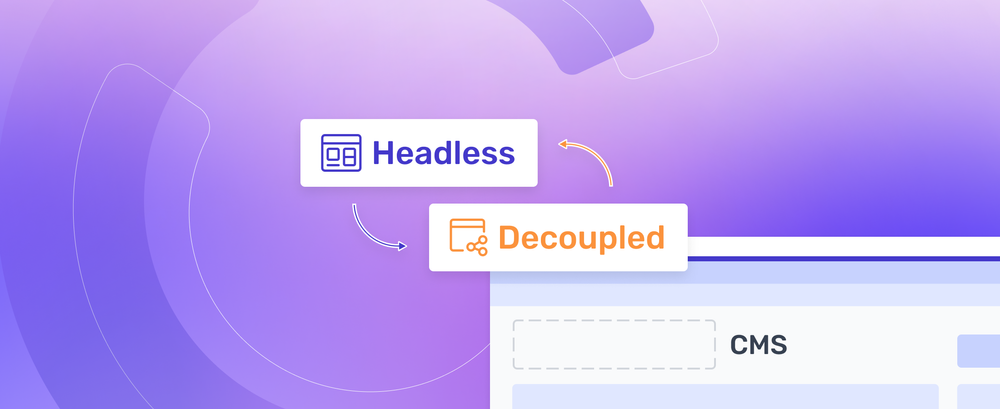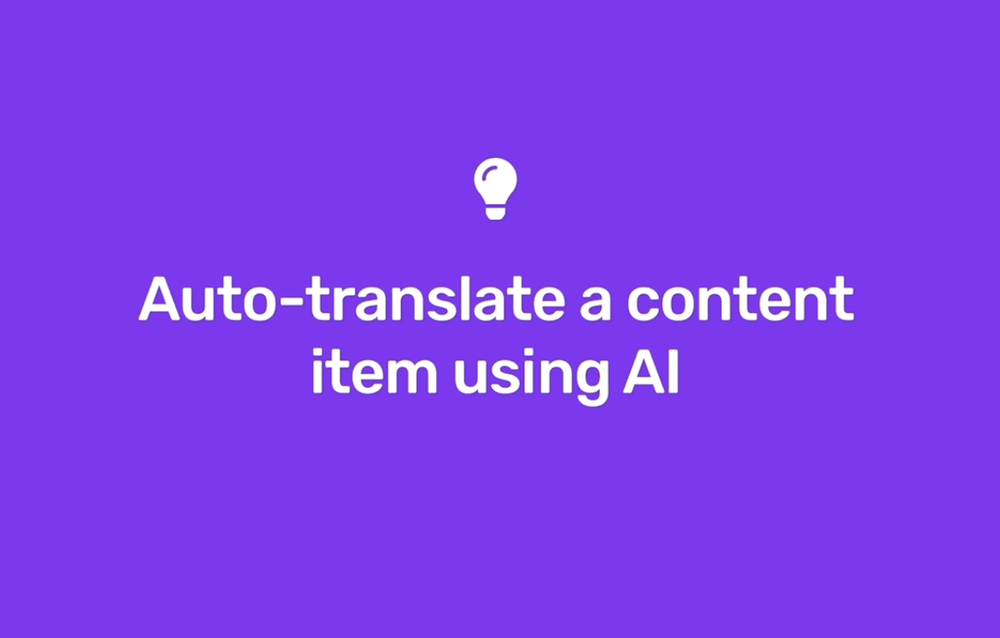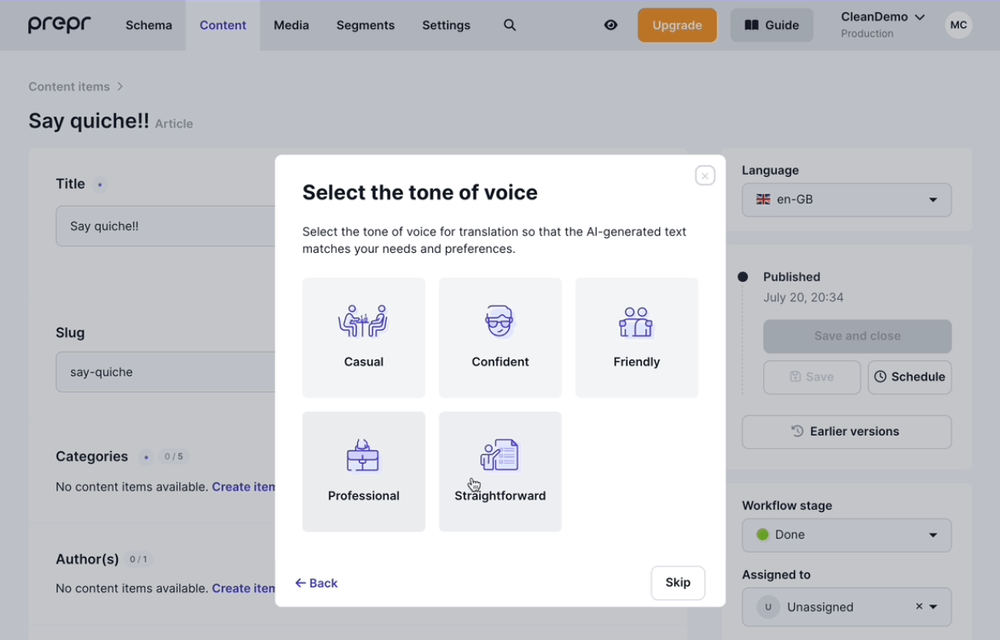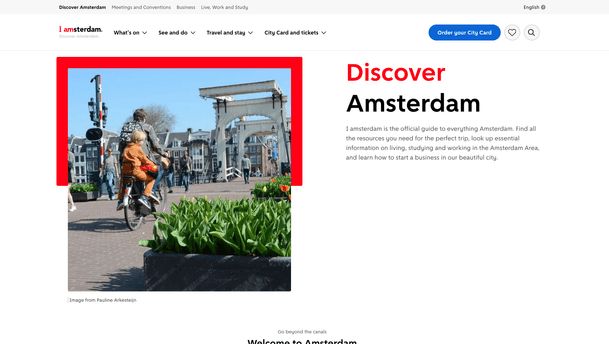Do you remember the 2003 movie directed by Sofia Coppola “Lost in Translation?”
You know, the one where Bill Murray and Scarlett Johansson find themselves in Tokyo, experiencing a sense of disorientation due to the linguistic and cultural gap.
Well, sometimes navigating the Internet and trying to find something online can feel like a scene straight out of that movie. On one hand, the Internet has effectively dissolved borders, making the world smaller by connecting people and countries across the globe with just a single click. Yet, in the world of online marketing, where companies compete for the attention of a global audience, language remains a formidable obstacle.

Lost in the digital world - when websites don't speak your language
Now, "Lost in Translation" doesn’t directly explore translation or languages, but the movie is a beautiful metaphor that expresses the feeling of being lost in a world that feels unfamiliar. And we’ve all been there.
You are on a mission to find something on the Internet and you land on a website that seems to have exactly what you need. Excitement soars only to be dashed as you open the webpage and find it's not in your language. Frustrating, isn’t it? You may not believe it, but it's a scenario that countless online users encounter daily.
English is not always the answer for online content
If you thought that translating your website into English would solve all your problems, think again. Believe it or not, research from Sheffield Hallam University showed that only 6% of the global population speak English and 75% - yeah you read that right - speak no English at all.
Sometimes, even native English speakers may not fully understand each other. Is it a Sweater, Jumper, or Pullover? If you ask an American and an Englishman, you'll likely get different answers.


